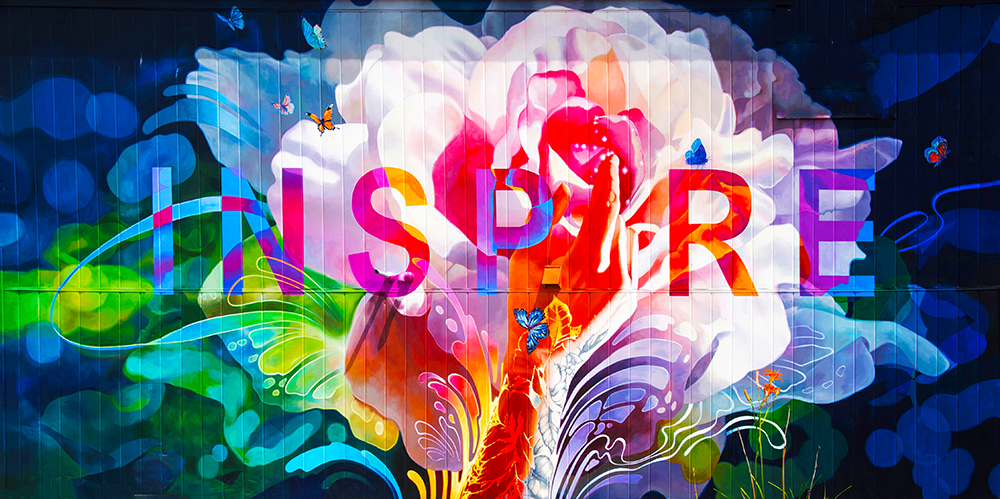Hey there, artful souls!
Have you ever felt like an invisible weight is pulling you down, but you can't quite pinpoint where it's coming from?
It might be something called generational trauma.
Don’t worry, it’s not as scary as it sounds, and guess what?
You've got a superpower to tackle it – your creativity.
Generational trauma is a psychological condition that's gaining more attention today; it passes from one generation to another, often rooted in traumas like wars, enslavements, abuse, genocides, or civil rights violations.
Even if subsequent generations haven't encountered the trauma directly, they may still display symptoms and behavioral patterns stemming from the initial traumatic event.
Recognizing and reconciling past injustices have brought attention to the lasting impacts of such events on descendants, and delving deeper into roots, histories, and identities is pivotal to the journey.
Every day, countless creators and individuals are struggling to work through complex and painful emotional issues stemming from events that have happened in their family members’ past.
In this blog post, we’ll explore the various ways art and creativity can be used to break free from these debilitating effects - so that you can lead a more creative and productive life!
Today, we're going to journey deeper into the labyrinth of generational trauma and explore how the magic of the arts, crafts, self-care, and art therapy can help us heal.
We'll explore the intersection of art and healing as we examine different creative practices to start breaking through bottled-up trauma and celebrating the act of creating anew!
For generations, pain and trauma have been passed down from generation to generation, leading to cycles of suffering that can be difficult to break, but the healing power of art and creativity might just be the key we’ve been waiting for.
So, if you're ready to take the plunge and embark on this adventure with us, keep reading – let's dive in!



Generational Trauma Unveiled
Imagine having a ghost from your family's past lurking in your subconscious.
That's kind of what generational trauma is like.
It's the emotional and mental fallout from traumatic events that happened even before you were a twinkle in your parents' eyes.
Generational trauma, also known as transgenerational trauma or intergenerational trauma, is a psychological term referring to the transfer of emotional and mental distress from survivors of traumatic incidents to their descendants.
It's like an echo of pain that reverberates through generations.
Trauma survivors, like Holocaust survivors, the enslaved, war survivors, domestic violence victims, or individuals with adverse childhood trauma, may experience long-term effects like Post-Traumatic Stress Disorder (PTSD), depression, substance abuse, and anxiety.
But the trauma doesn't stop there—it can be passed down to their children, grandchildren, and beyond.
Studies have shown that traumatic experiences are linked to a host of physical and psychological ailments in descendants even if they haven't encountered the trauma directly.
The traumatic events they experienced can have a lasting impact on their children and even grandchildren – leading to changes in behavior, thought processes, emotional disturbances, mental illness, or psychological issues.
This trauma can manifest in various ways such as anxiety, depression, or even physical symptoms.
It's important to note that not everyone who experiences generational trauma will exhibit all of these symptoms - but it's important to be aware of the potential that you or someone close to you may be affected.
It's a complex concept but understanding it is the first step towards healing your own trauma.

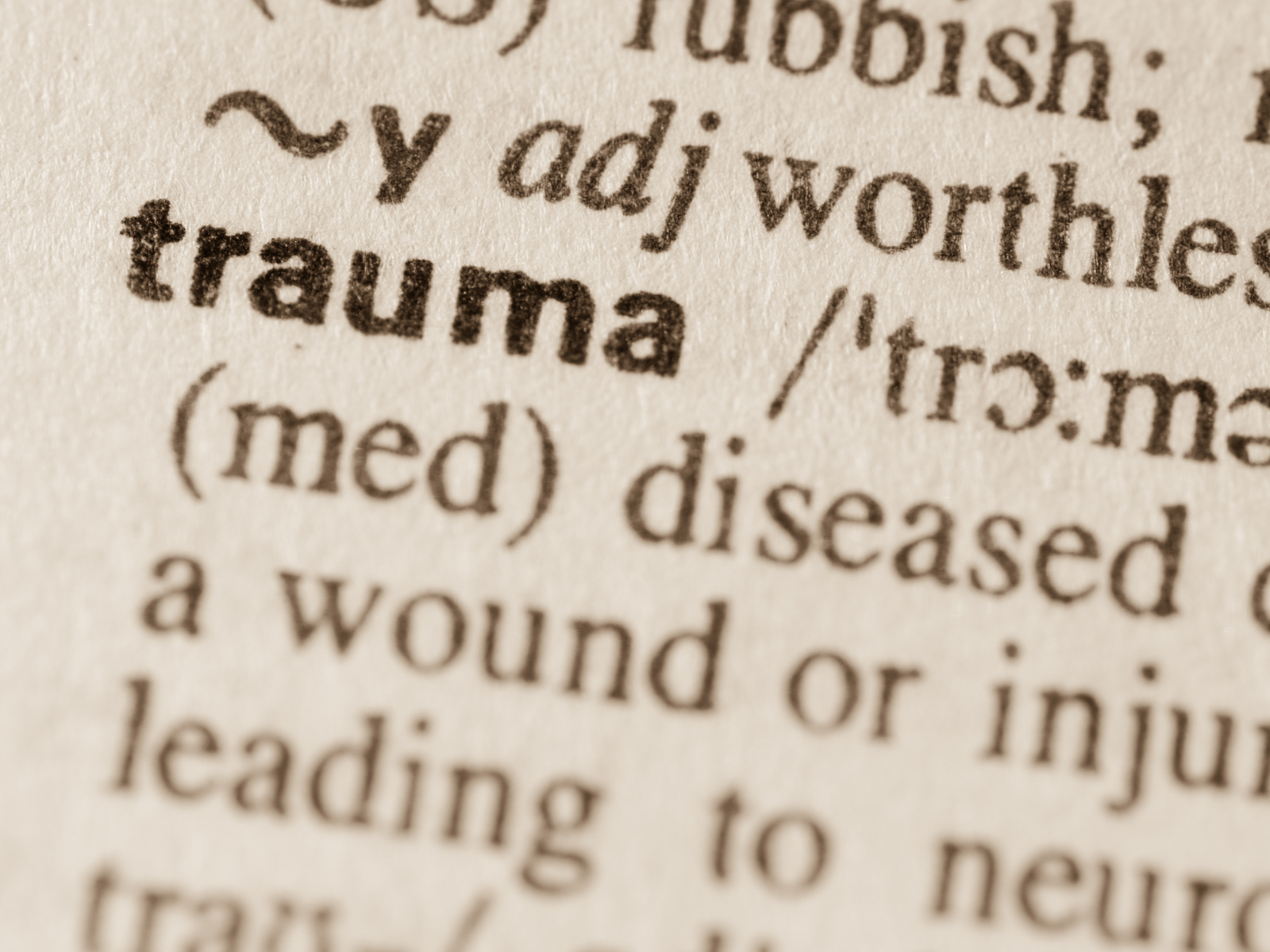
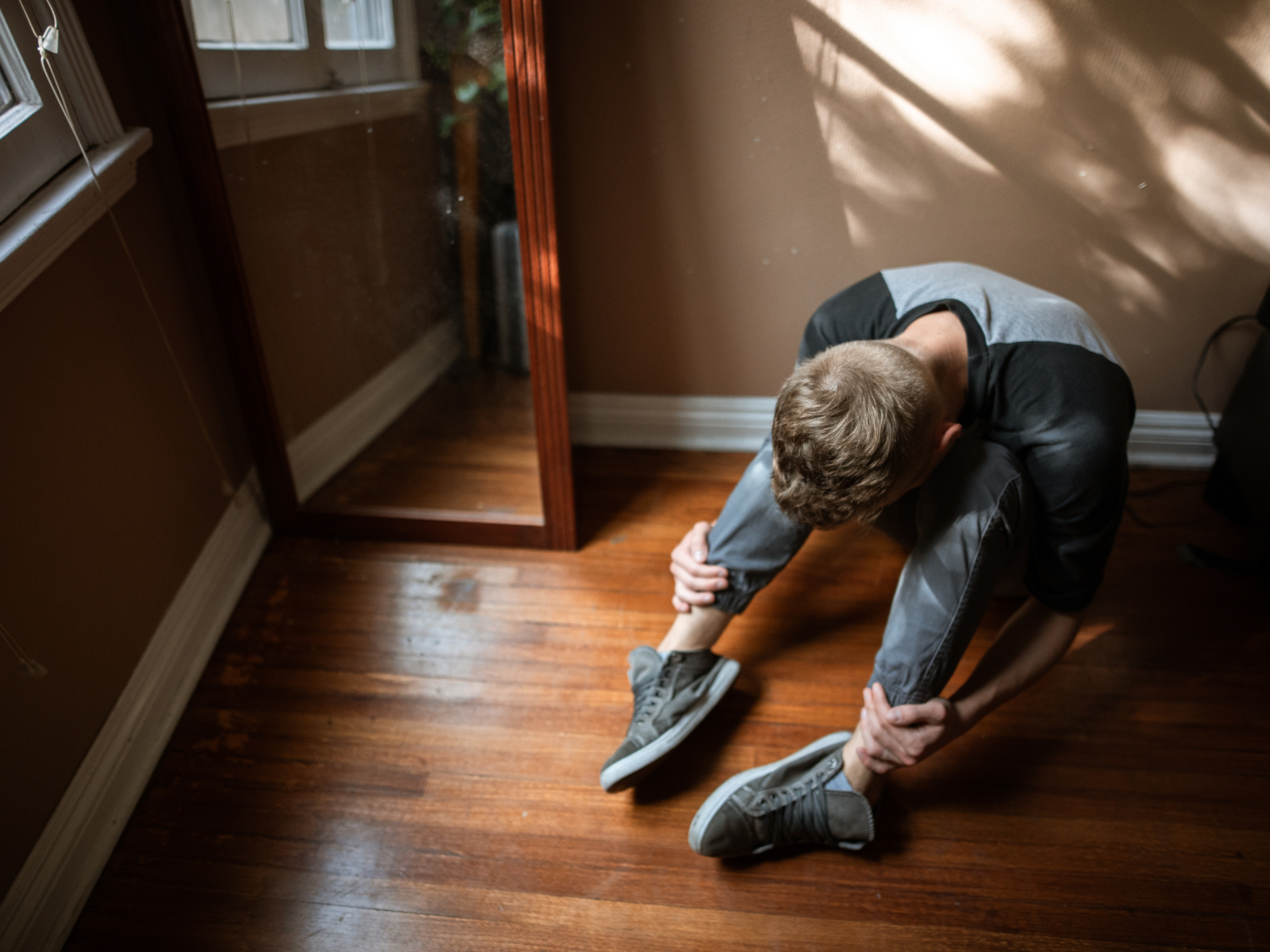
Why All The Buzz About Generational Trauma?
Generational trauma is one of the most significant issues people around the world face today.
Traumatized individuals respond to their environment according to their past experiences, such as adverse childhood experiences, which can result in a range of negative behaviors such as depression, anxiety, stress, struggle with self-regulation, and unhealthy family patterns.
Some individuals exhibit trauma symptoms even if they haven't experienced it directly.
The pain from the past can last for generations, but recognizing the root of the pain brings about comprehensive healing.
It's also essential to create an environment where individuals can access resources that will help them heal.
Generational trauma has been on everyone's lips lately, and for good reasons:
- Mental Health Matters: We're all about breaking the stigma around mental health issues, and recognizing generational trauma is part of that conversation.
- History's Shadows: As we grapple with the ghosts of our collective pasts, understanding generational trauma helps us see the bigger picture.
- Science Gets Involved: Those brainy scientists have found that trauma can actually tweak our genes. Who knew?
- Identity Quests: In our quest to understand ourselves better, digging into generational trauma can shed light on why we are the way we are.
- Holistic Healing: A lot of therapists are saying that to heal fully, we've got to address the root cause of our issues. And sometimes, that root goes way back.

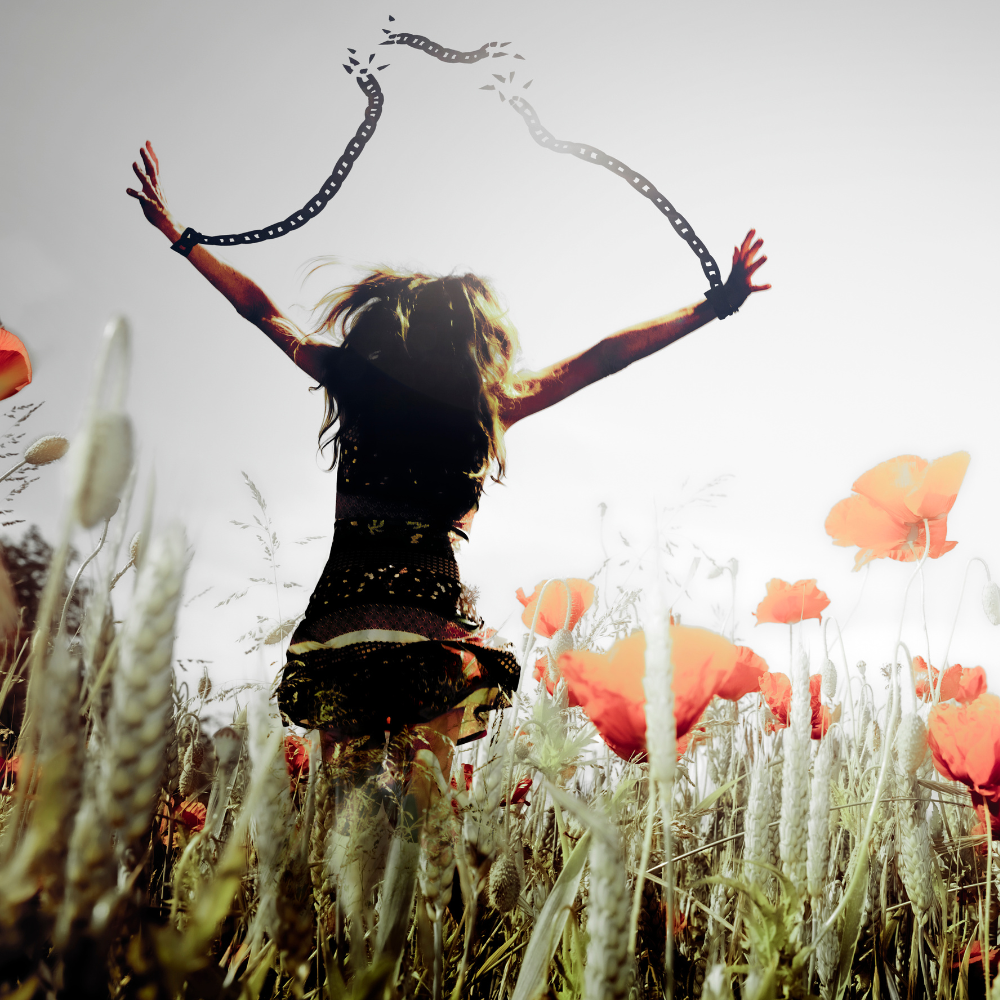

Breaking the Cycle: Art Therapy as a Solution
Art therapy, an effective technique that helps people to deal with their unresolved trauma through creative expression, is gaining recognition as an effective treatment for generational trauma.
It assists individuals in conveying their emotions, thoughts, attitudes, and beliefs, which can otherwise be overwhelming.
Art therapy is a type of psychotherapy that uses creative expression, including drawing, painting, and sculpture, to explore feelings, reduce stress, foster self-esteem, improve relationships and gain insight.
It's based on the idea that you can discover aspects of yourself through art-making, allowing powerful insights to emerge.
Art therapy is a holistic approach that enables individuals to establish their feelings by channeling it in a creative way.
It's not about artistic abilities, but the process of creating that can help people face their emotions, deal with their pain, and move towards wellness.
One of the most powerful elements of art therapy is that it allows us to express our emotions without words.
This can be especially helpful when we are dealing with feelings and memories that are too overwhelming to put into words.
Creating a piece of art can give us a sense of control and agency over our lives, enabling us to re-frame our stories.
It also helps build self-confidence as we become more aware of our individual strength and power.
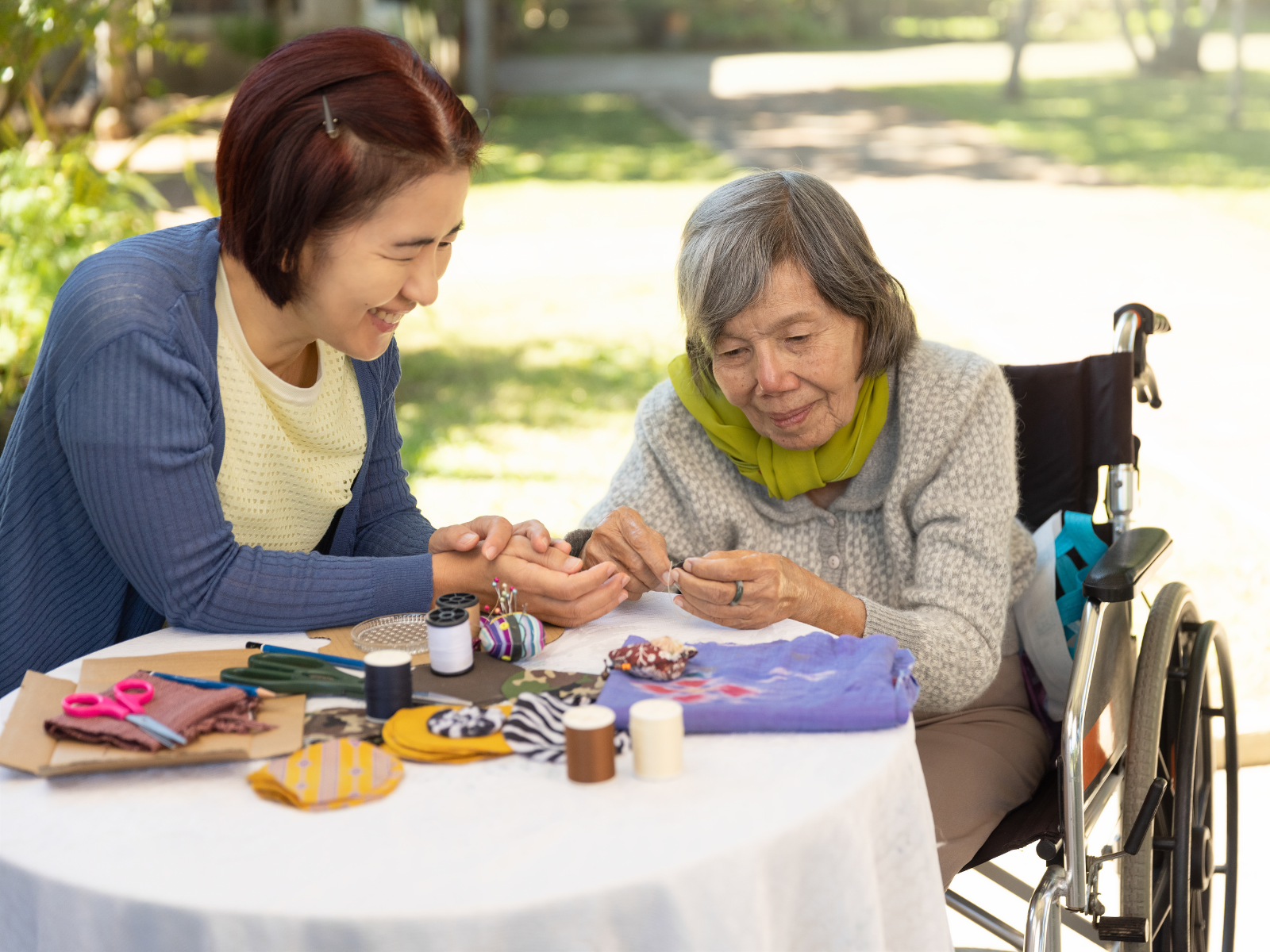

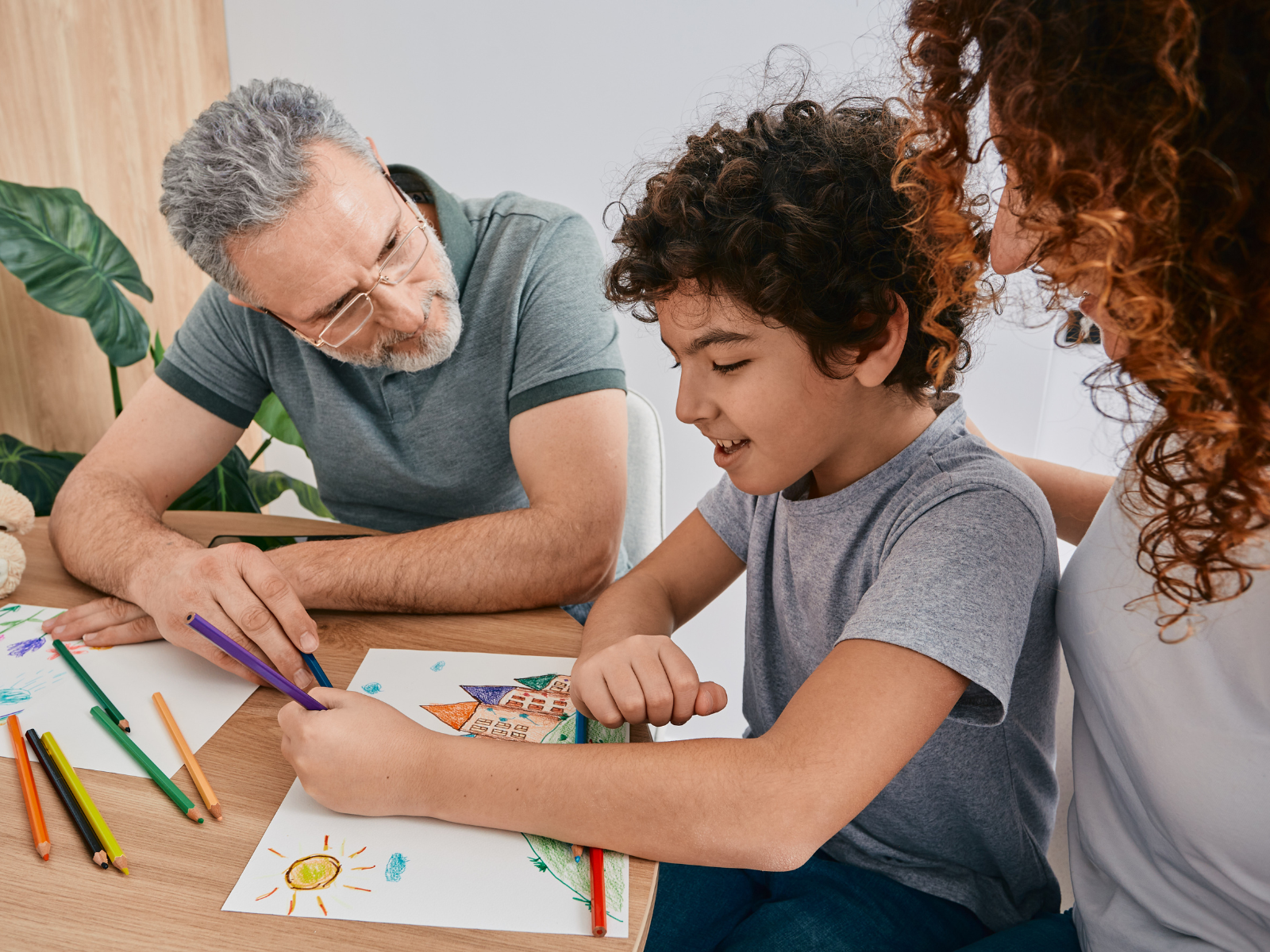
Creativity: The Pathway to Healing
Creativity is arguably the most powerful tool for healing and breaking generational trauma.
It allows us to express and process our emotions in a healthy way, build relationships, and discover our talents.
Creative expression can also help us learn more about ourselves by encouraging us to explore our inner worlds.
By engaging in activities like painting, drawing, journaling, crafting, dancing or music-making on a regular basis we create an atmosphere of self-care and exploration.
The act of creating something new can be a powerful way to break the cycle of family trauma, allowing us to create new stories and find a sense of peace.
Creativity is also an important part in reclaiming our identities.
When we explore our heritage and culture through creative outlets such as storytelling, music, and art we can start to understand our place in the world.
This gives us a sense of security and connection that can be incredibly healing.



Art As A Savior
Art has long been celebrated as a form of self-expression, a vehicle for voicing the unspoken and visualizing the unseen.
But it's more than just that – it can be a powerful tool to navigate and heal from generational trauma.
Arts and crafts are another helpful technique that can assist people in dealing with generational trauma.
Crafting can provide a sense of purpose and control that's often lost when struggling with trauma.
Creating a physical object gives individuals a sense of progress and accomplishment, which can be beneficial when coping with feelings of helplessness and hopelessness.
Additionally, by focusing on crafts, individuals may be able to take their minds off their pain and focus on something lighter and enjoyable.
- Painting & Drawing
These art forms allow you to pour your emotions onto a canvas or sketchpad.
Painting and drawing can help you externalize your feelings and visualize your internal struggles.
You might find it therapeutic to depict your family tree and use colors or symbols to represent different emotions or experiences.
- Collage Making
Collages are an excellent way to externalize your emotions and compile them into a single piece of art.
You can use old family pictures, newspaper clippings, or anything else you feel connected to create your own meaningful collage!
This process is great for exploring themes of identity and ancestry.
- Sculpture
Working with three-dimensional forms can be incredibly grounding.
The tactile nature of sculpting can bring you fully present and help you connect with your body, which is often where trauma is stored.
Gathering up clay or other materials and sculpting into something meaningful can help you express difficult emotions in a safe space.

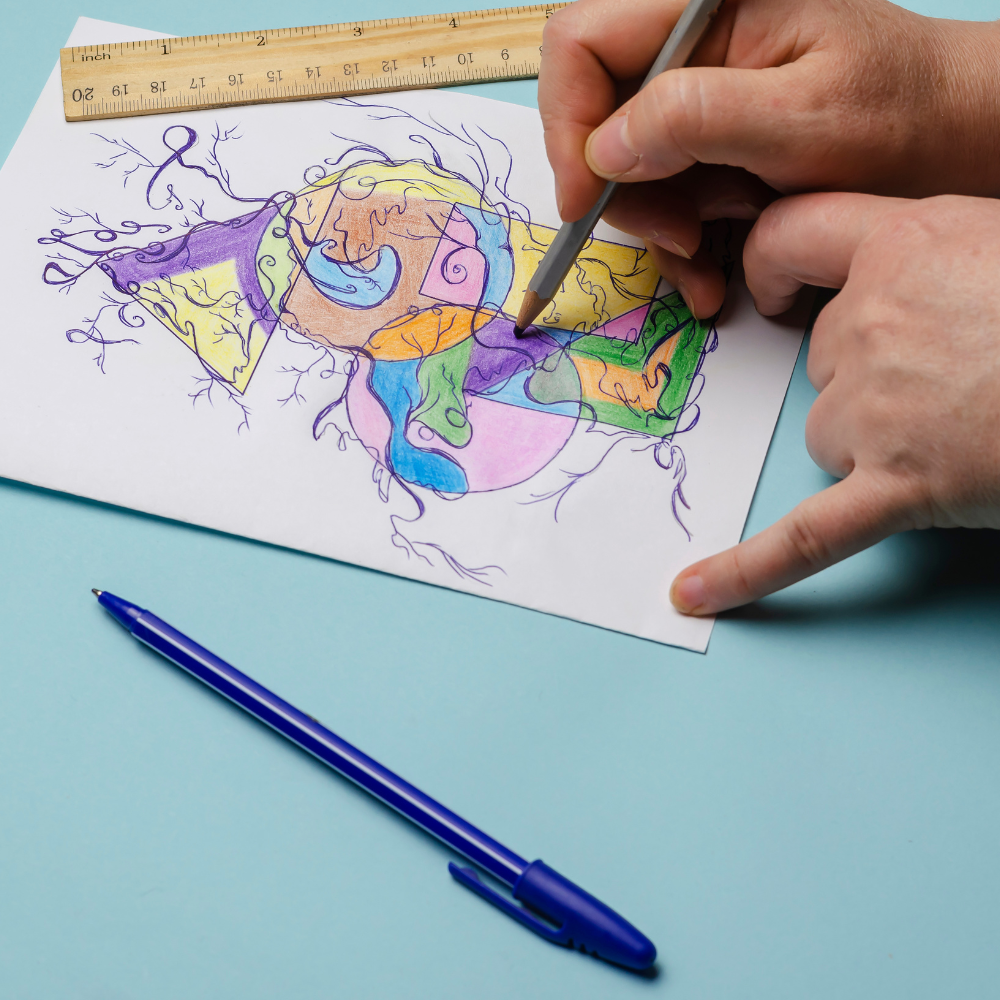

- Creative Writing
Writing, whether it's poetry, fiction, or non-fiction, helps you articulate your experiences and emotions.
It can provide a safe space to explore your family history and the impact it's had on you.
You can also let your creativity run wild and create stories that express the conflicting feelings of fear, hope, and love associated with generational trauma.
- Music
Music can reach places that words often can't.
Composing your own music or simply listening to music that resonates with you can be cathartic.
It helps us channel and process our emotions, as well as allowing us to explore different aspects of our identity.
- Dance
Dance allows you to express your feelings through movement.
It can help you reconnect with your body and release stored tension.
Movement can be a powerful way to access emotions that have been locked away, and dance is also a great way to honor your ancestors as you explore your cultural heritage.
- Crafting & Sewing
Crafts like quilting or sewing are perfect for breaking the cycle of trauma and celebrating creation.
These activities provide a sense of accomplishment as you create something with your own two hands, while also being an opportunity to learn more about yourself and explore deeper meanings within the works.

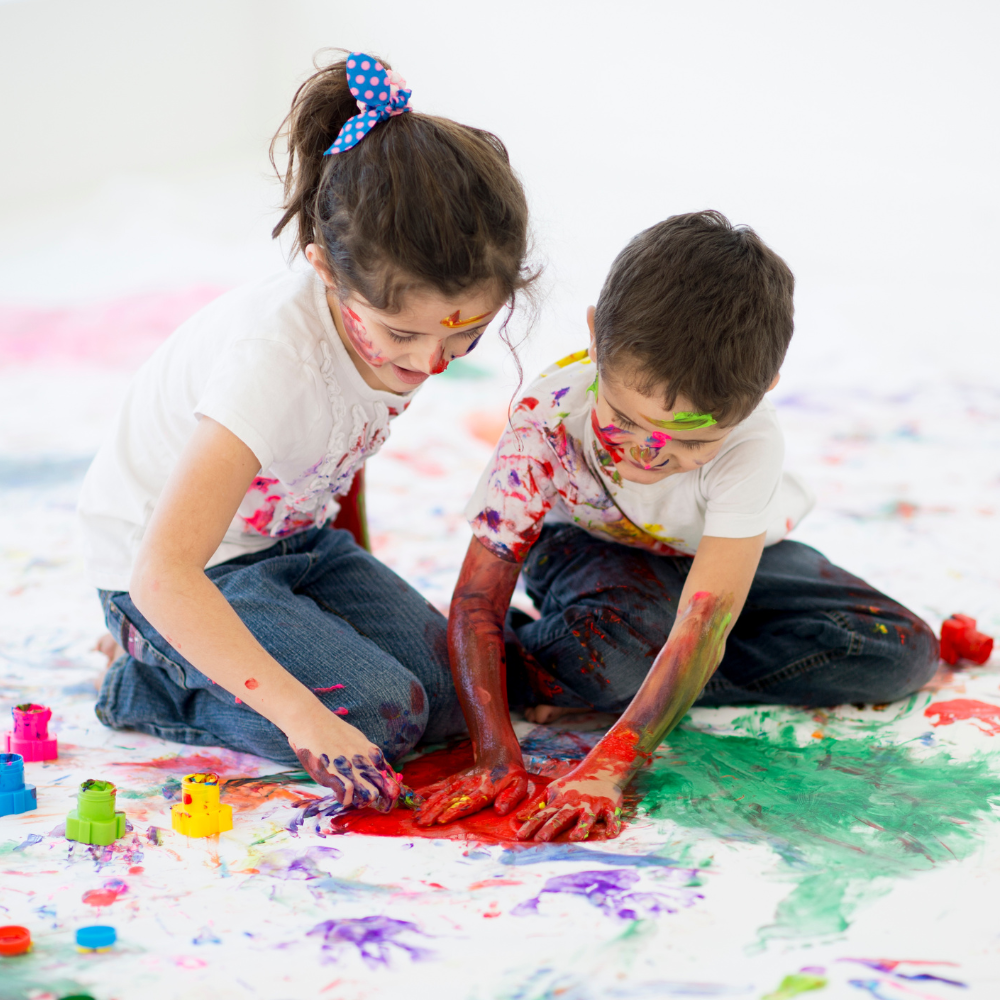

Empower Yourself Through Art & Creativity
Okay, now that we've gone through the tough stuff, let's bring out the fun part—art!
Art isn't just about creating pretty things; it's a powerful tool for healing.
Let's discuss how you can use your creative energy to break the cycle of trauma.
- Express Yourself!
Sometimes, words can't capture what we're feeling, but a splash of paint or a piece of clay can.
Art lets us express those complex emotions in a way that words can't.
Create something that tells your story. It doesn't have to be perfect; it just needs to be honest.
- Say Hello to Mindfulness:
When you're immersed in creating, you're in the moment.
That's mindfulness, my friends, and it's a great way to keep anxiety and stress at bay.
Focus on the process of creating instead of worrying about the outcome.
- Find a Flow:
Creative outlets such as painting, writing, and music can help us find our flow state—that sense of being 'in the zone' that helps us realize our full potential.
Find your own creative outlet and discover what makes you come alive!
- Rewire Your Brain:
Engaging in artistic activities can actually change your brain chemistry.
It boosts the feel-good chemicals in your brain, helping you feel happier and more relaxed.
It also helps us reprogram our brains to recognize and accept new patterns of thought.
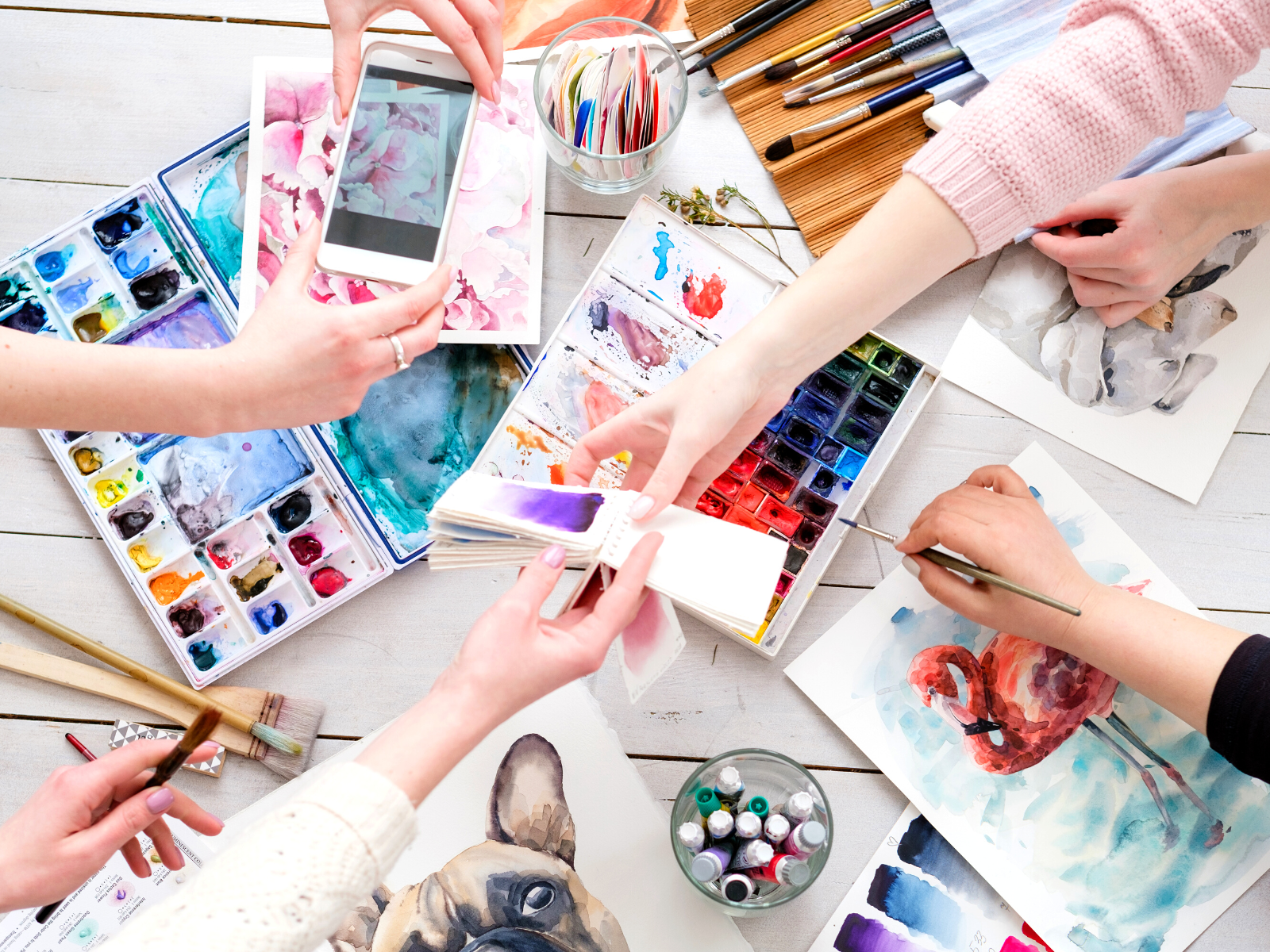

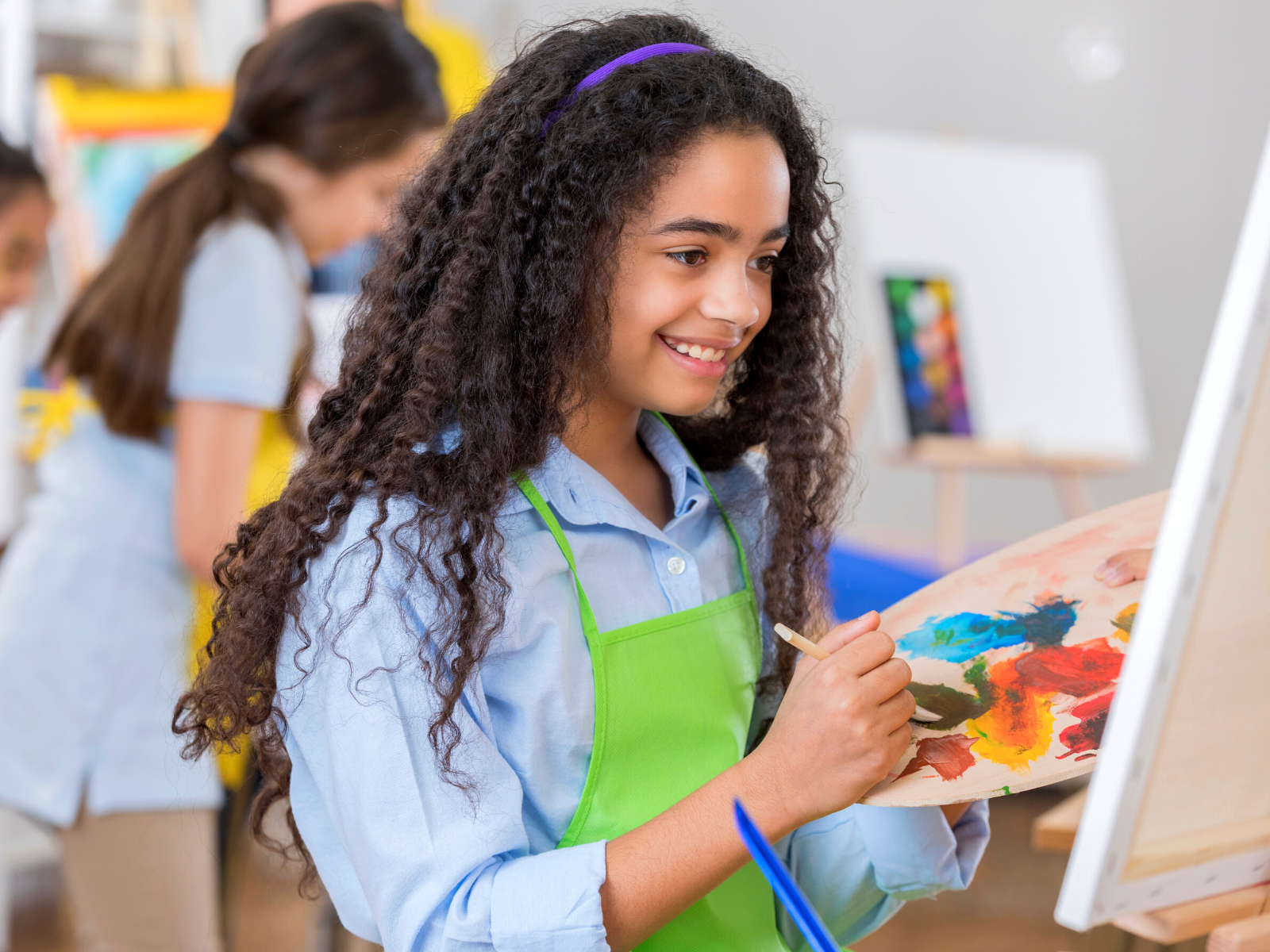
- Build Resilience:
Art is all about trial and error, which can help you develop resilience.
And resilience is key when dealing with deep-seated trauma.
Creativity helps you build mental strength and courage to face the toughest parts of your journey.
- Open Your Heart:
Creating art can help open up our hearts, allowing us to release any built-up emotions that have been locked away.
It's a form of self-care that helps us reconnect with ourselves and bring out the beauty within.
- Connect With Others:
Art can be a shared experience, helping you connect with others who might be going through the same journey.
Nothing beats the feeling of knowing you're not alone.
Sometimes, we don't feel comfortable talking about our trauma and emotions, but art can help us find community and connection with others who are also struggling with generational trauma.
Attending art therapy classes or workshops, joining art gatherings or support groups are all great ways to reach out for help, collaborate, and engage in meaningful conversations.
- Celebrate Yourself & Your Creativity:
Creativity isn't just a way to break the cycle of trauma—it's also a way to celebrate yourself.
Creating something is a powerful act; it helps us see our own strength and power.
Embrace your creativity because you don't have to be an amazing artist, writer, or musician; what matters is that you're exploring yourself through art.
Celebrate the small victories and keep creating – you can do this!
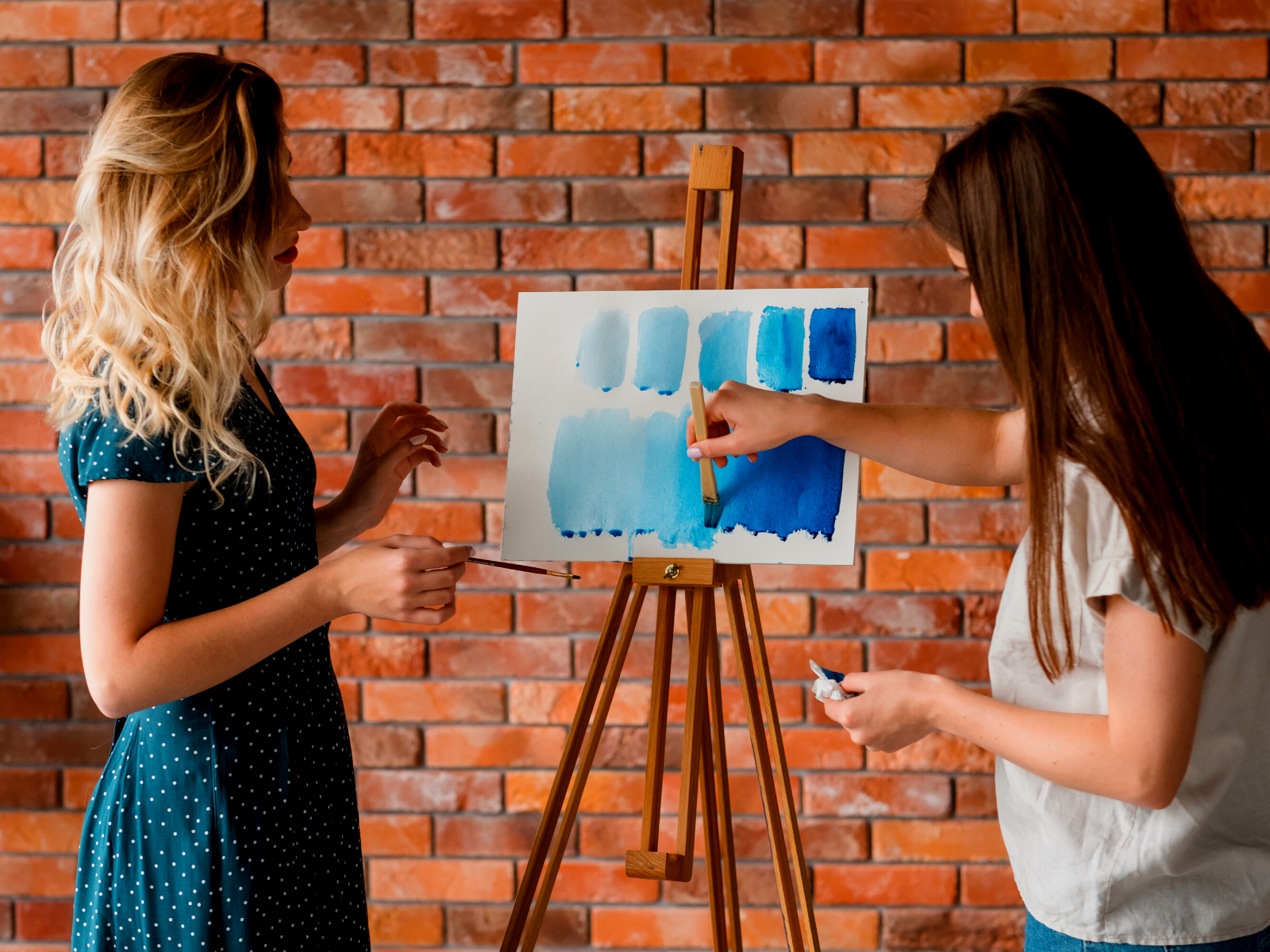

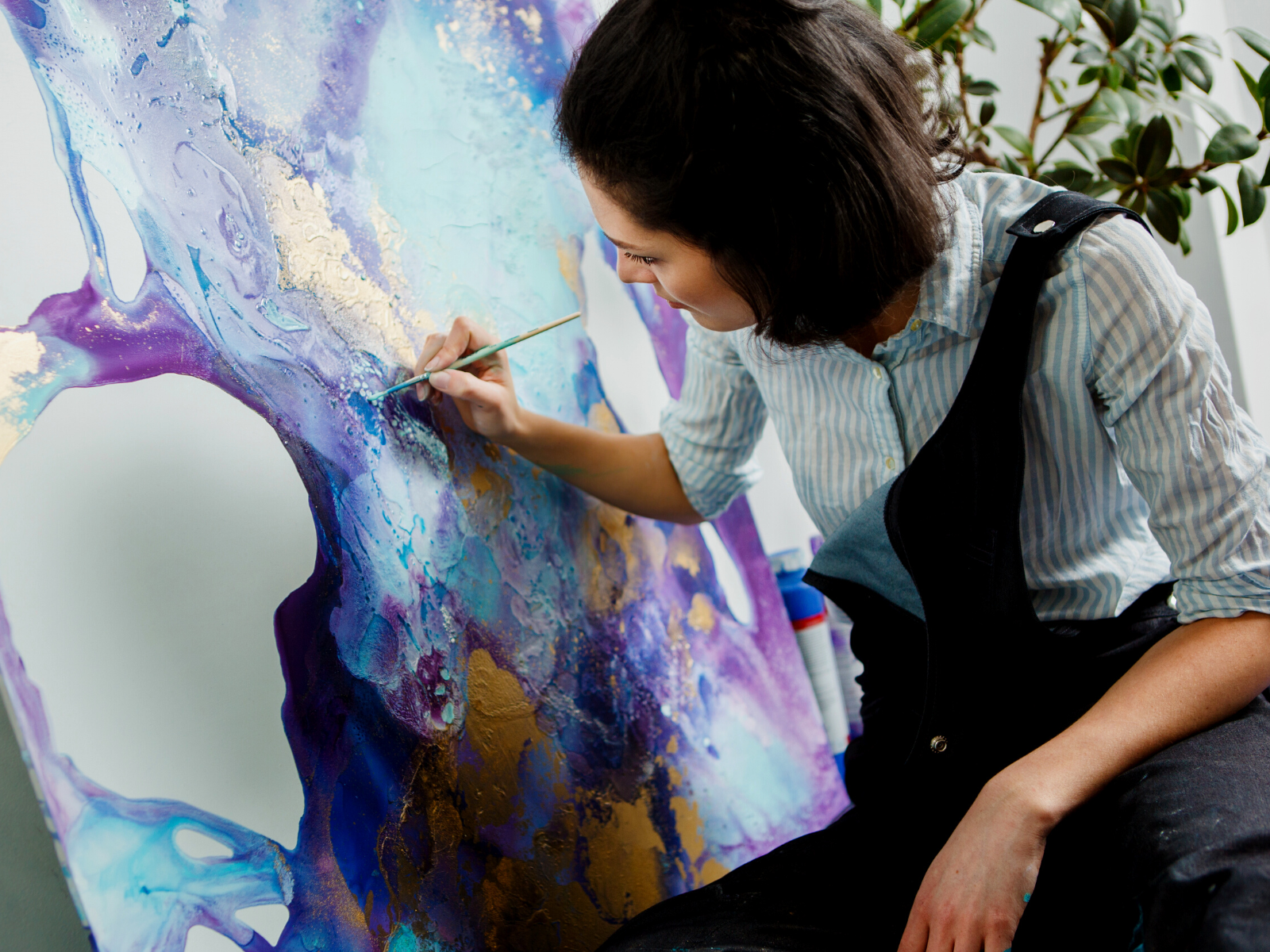
Using Art for Soothing Self-Care
Self-care is a vital part of dealing with generational trauma.
Self-care helps individuals to regulate their emotions, deal with their pain, and take charge of their overall well-being.
By engaging in self-care activities, such as yoga, meditation, and mindfulness, individuals are reminded that they are in control of their emotions and their body.
Self-care activities can help individuals gain a sense of accomplishment and progress that is often lost when struggling with trauma.
Engaging in creative activities, such as art and crafting, can be a great way to practice self-care.
It helps individuals get lost in the moment and forget about their worries, allowing them to relax and find peace.
Creative activities also help individuals feel connected to their heritage by exploring their culture through art.
This can provide a sense of security and connection that is often missing when dealing with generational trauma.
Art also gives people an opportunity to explore their emotions in a safe space, enabling them to express their feelings without fear of judgement or rejection.
By engaging in creative activities, individuals can take charge of their lives and find the healing that they need.
So, take a deep breath, grab your supplies, and let the healing begin!
No matter what form of art you choose to explore – drawing, painting, sculpting, crafting or writing – don't forget to express yourself honestly and celebrate your creativity!
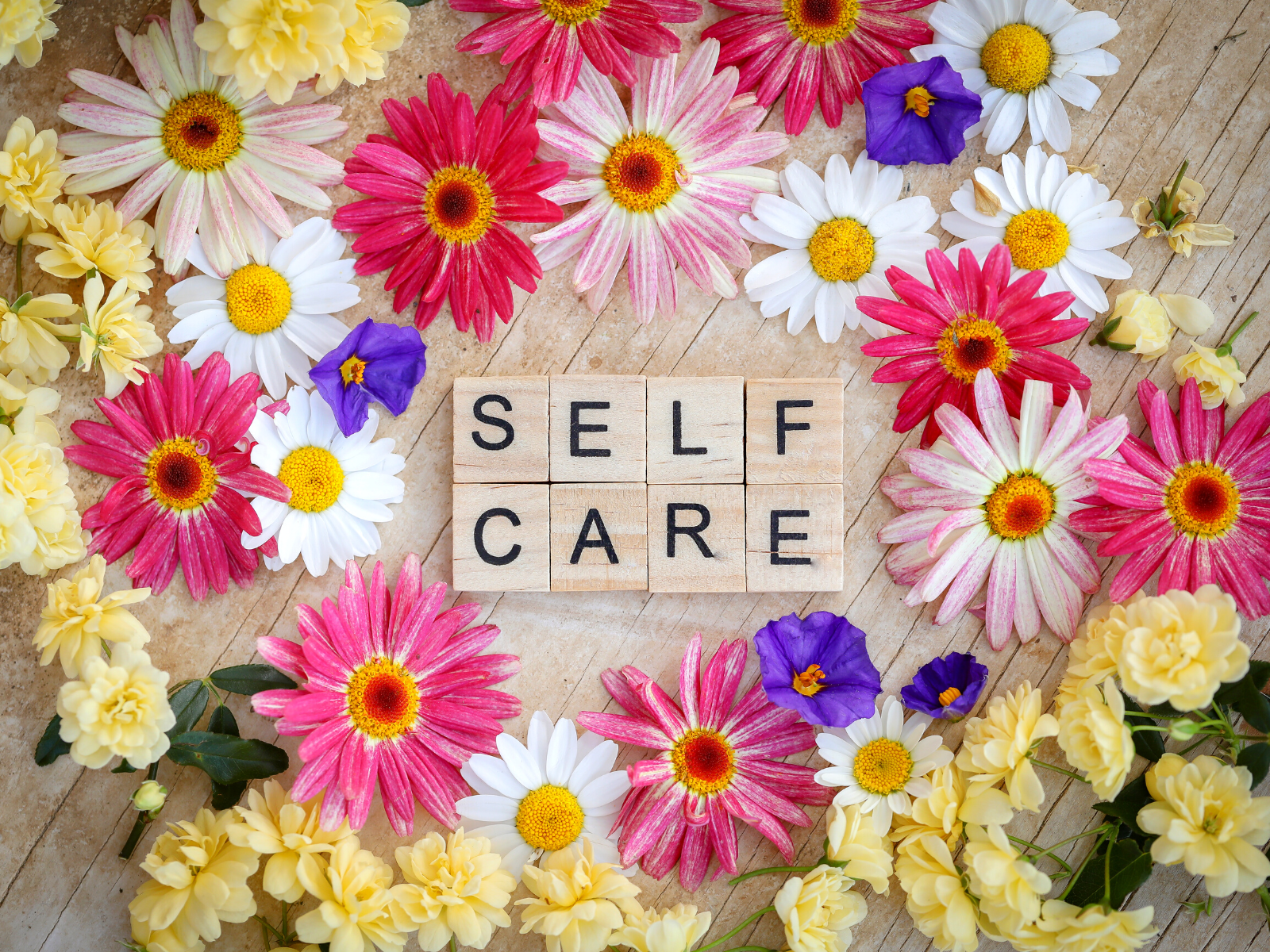

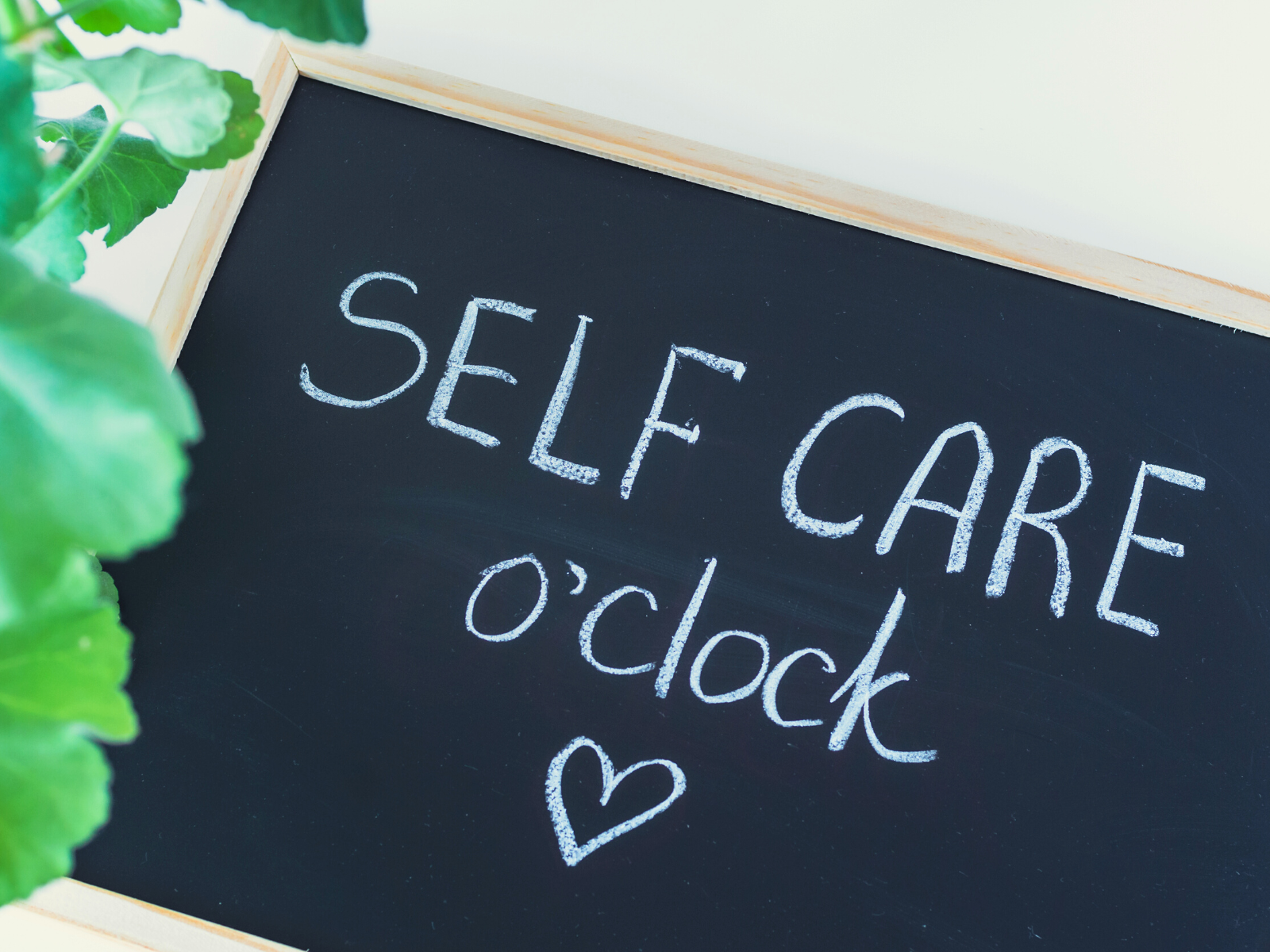
Taking Action: Tips for Healing Through Art & Creativity
Ready to embrace your creative superpowers?
Here are some easy ways to kickstart your healing journey through art and creativity:
- Start Journaling:
Write about your feelings, thoughts, and experiences through journaling.
Don’t worry about grammar or punctuation – this is your space to express freely.
- Create a Mood Board:
Use images, colors, textures, and words that resonate with your feelings.
This can help you visually express your emotions.
- Compose a Song or Poem:
Express your feelings through rhythm and rhyme.
- Dance Freely:
Put on some music and let your body move however it feels like.
This is about expressing, not impressing.
- Make a Sculpture:
Use clay, paper, or any material you like.
Focus on the process, not the outcome.

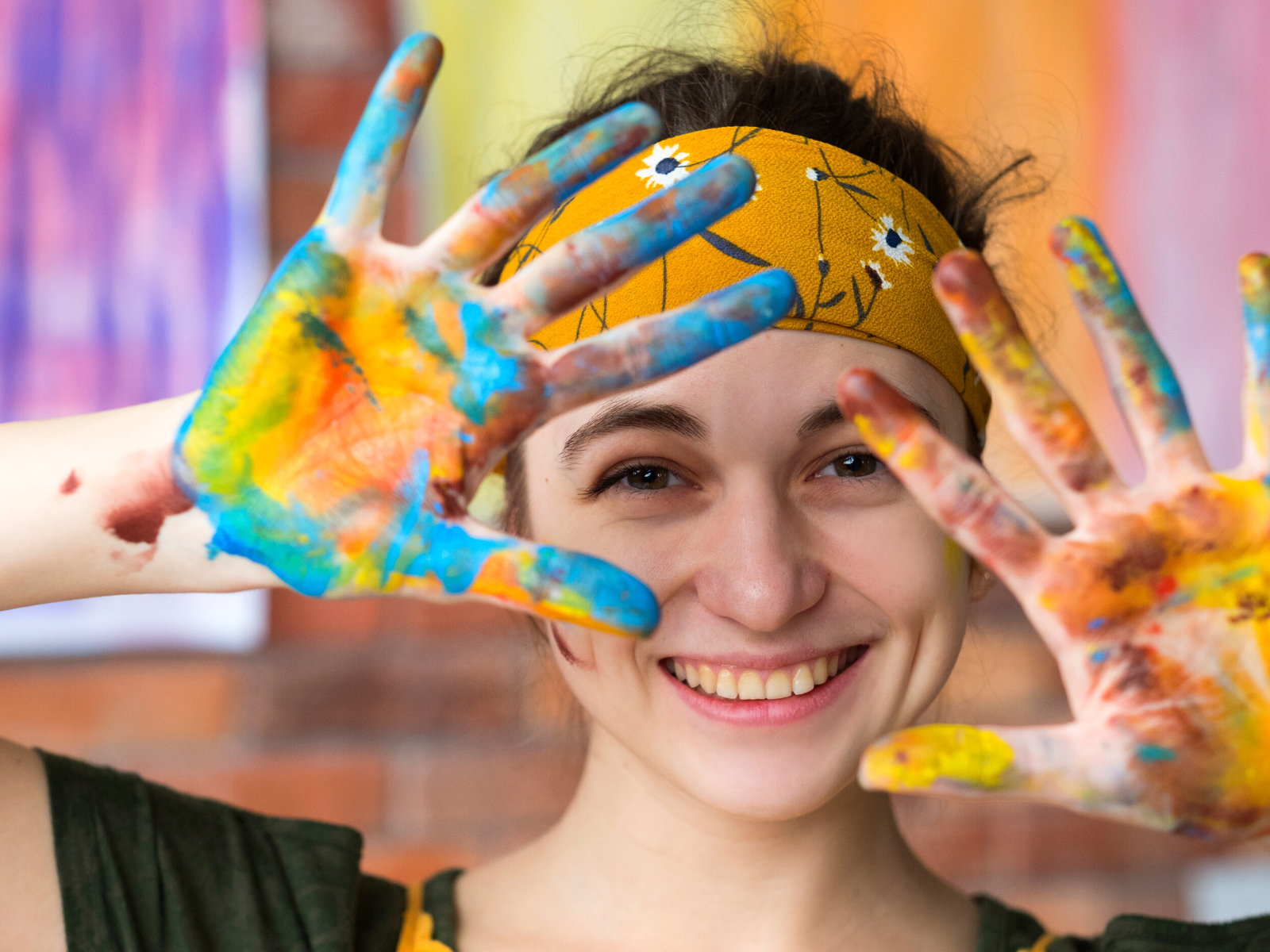
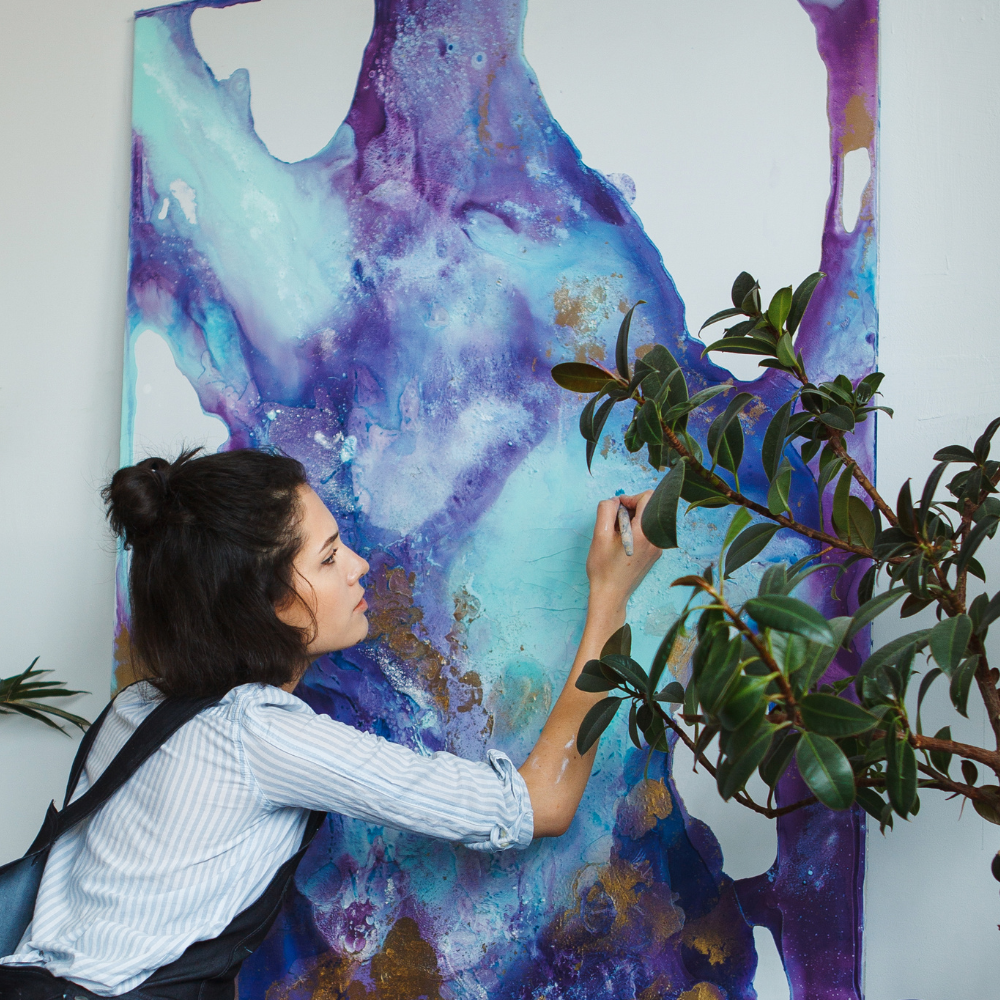
- Start Small:
Don't feel pressure to create perfect pieces (whatever that means).
Instead, focus on taking small steps and exploring different art forms.
Don't be afraid to start with something that feels manageable.
Pick up a piece of paper and draw something, or try your hand at a new craft like knitting.
- Invest in Supplies:
Quality supplies can make all the difference when it comes to art-making!
Investing in high quality tools will not only make your experience more enjoyable, but also help you create pieces that you’ll love.
- Find Your Rhythm:
Everyone's creative process is unique – find what works for you.
Maybe it's a morning ritual of sketching or painting, or a weekly crafting night with friends.
Whatever it is, find it and stick to it!
- Seek Support:
You don't have to go through this journey alone.
Find a qualified art therapist who can guide and support you on your healing journey.
Join an art therapy group, attend workshops or creative gatherings.
These are great opportunities to meet people who share your experience and can provide emotional support.
- Take Time for Reflection:
Allow yourself to step back and reflect on your process.
Notice how you feel after creating something new, and take the time to appreciate what you've created.
Remember, this is about healing – it's not a race or a competition.
Most importantly, be kind to yourself and celebrate each small step you take!
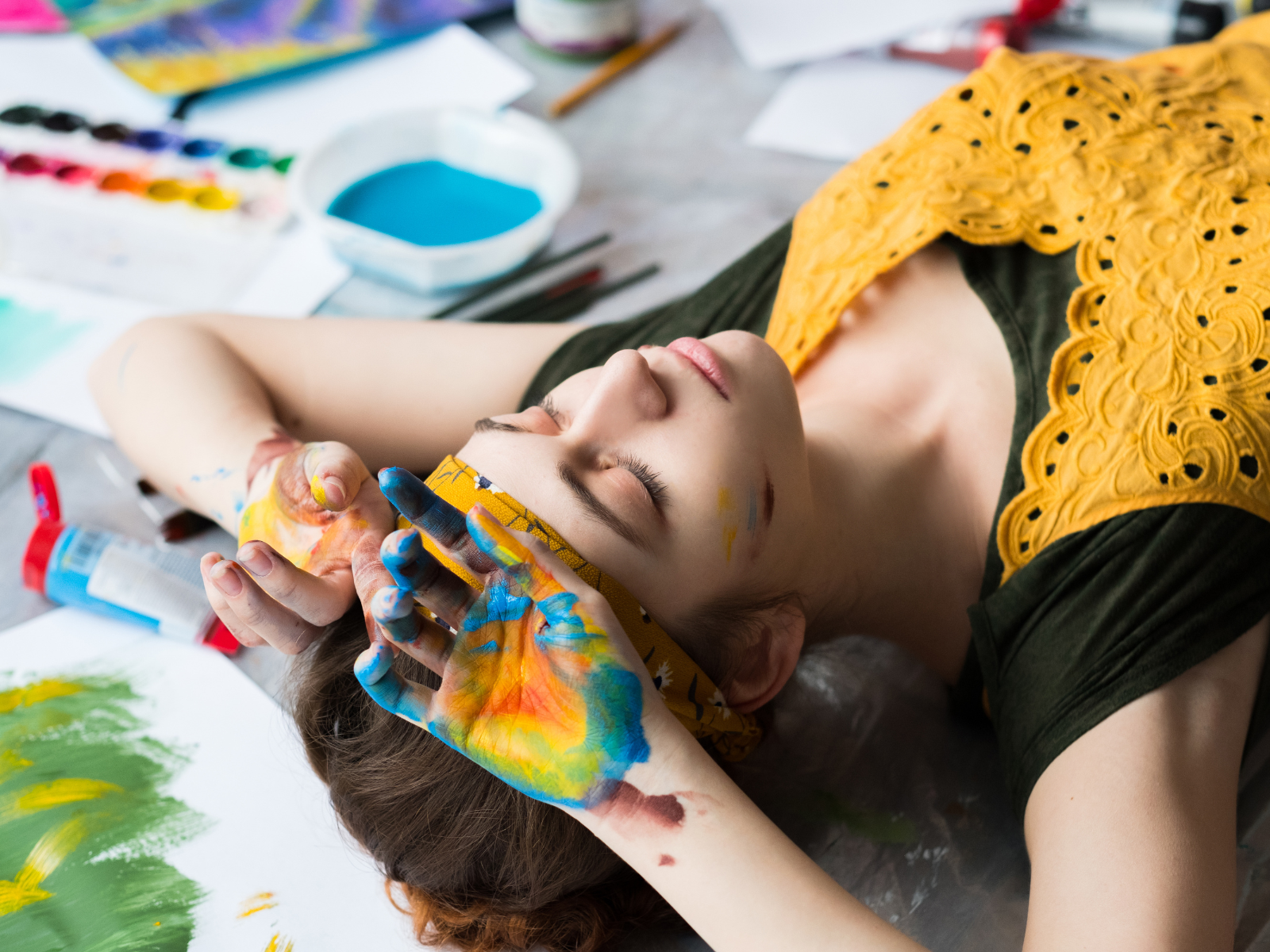


Taking Control of Your Own Healing Process
Generational trauma is a psychological issue that's affecting individuals and their families worldwide.
Transgenerational trauma can seem overwhelming but we don't have to be defined by the pain of the past.
Understanding it is key to healing from its effects, and self-care through art can be a powerful tool for transformation.
Creativity is a powerful tool for healing and breaking through cycles of trauma.
It gives us a safe space to explore our emotions, and it helps us realize that we are in control of our healing process.
Taking creative action helps us take control of our own healing process, reconnect with our emotions, and free ourselves from the cycle of trauma – it's time to celebrate your creativity!
Through art therapy and crafting, people can effectively deal with their pain and begin to move forward towards comprehensive healing.
Self-care is a vital component in dealing with trauma, allowing individuals to take control of their emotions and their body.
By embracing these techniques, individuals can work towards creating a brighter future for themselves and future generations.
The beauty of healing through art is that you can do it at your own pace and in the comfort of your home.
There's no one-size-fits-all approach when it comes to breaking free from generational trauma, so it's important to explore what works best for you.
Remember, this journey is personal and unique to each individual; it's not about creating a masterpiece, but about expressing and releasing.
Be gentle with yourself, take your time, and remember, healing is not linear.
You're doing great, artful souls; keep creating, keep healing.
So go ahead, grab those paintbrushes, dust off that old guitar, or start that DIY project you've been putting off, and express yourself through art!
Let creativity be your guide as you journey towards inner peace--you've got this!
It's time to express yourself creatively, embrace art therapy, and work towards healing the various layers of your creative soul!
Let's unchain our art and heal together because every stroke, note, and stitch is a step towards healing!
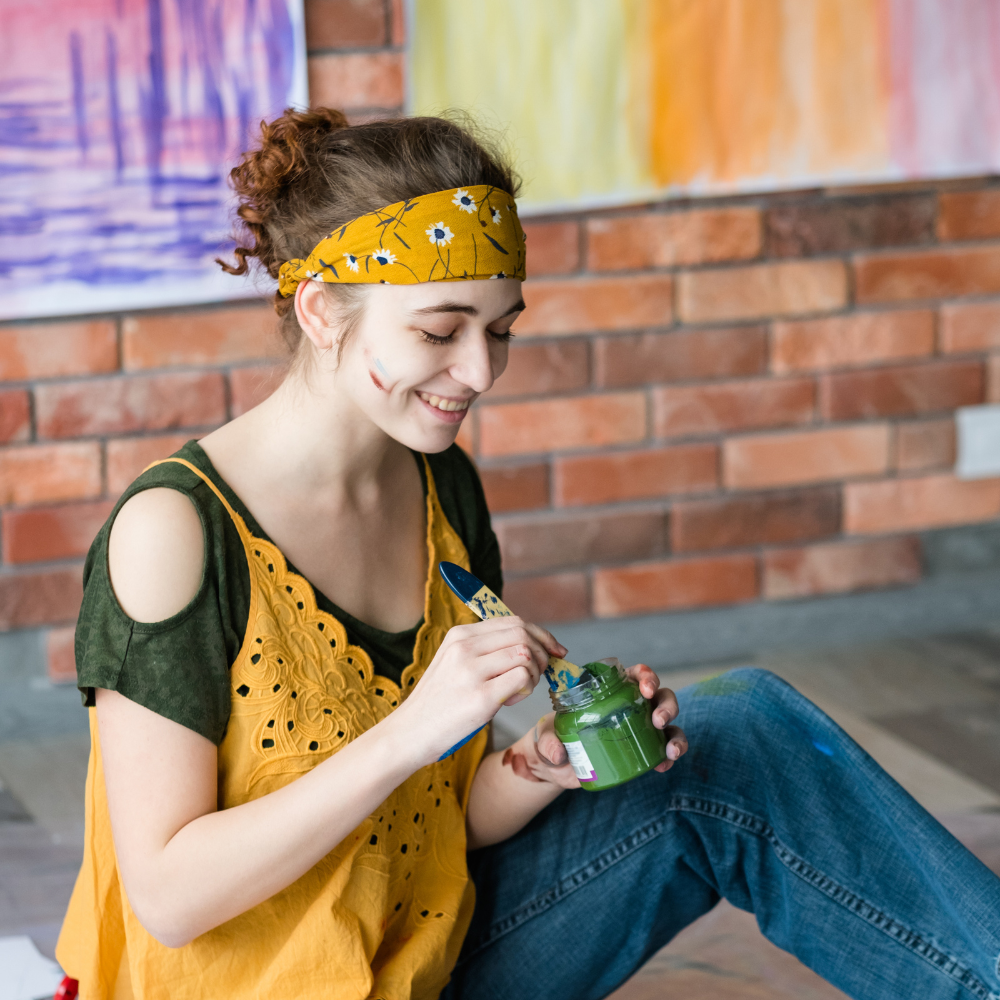


Reading to embrace healing and break free from generational trauma? Check out this Tedx Talk!
Want even more content about creativity and art?
Be sure to check out all of our creative chronicles!
Interested in exploring your creative side?
Check out some of our other articles:
-Unleashing creative potential
